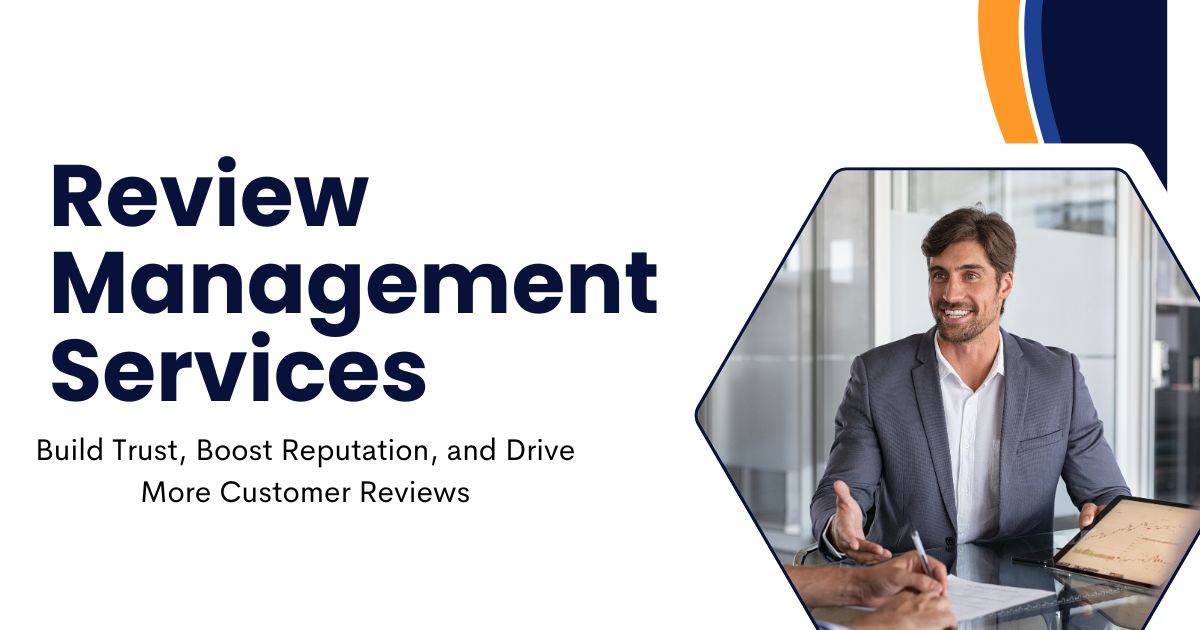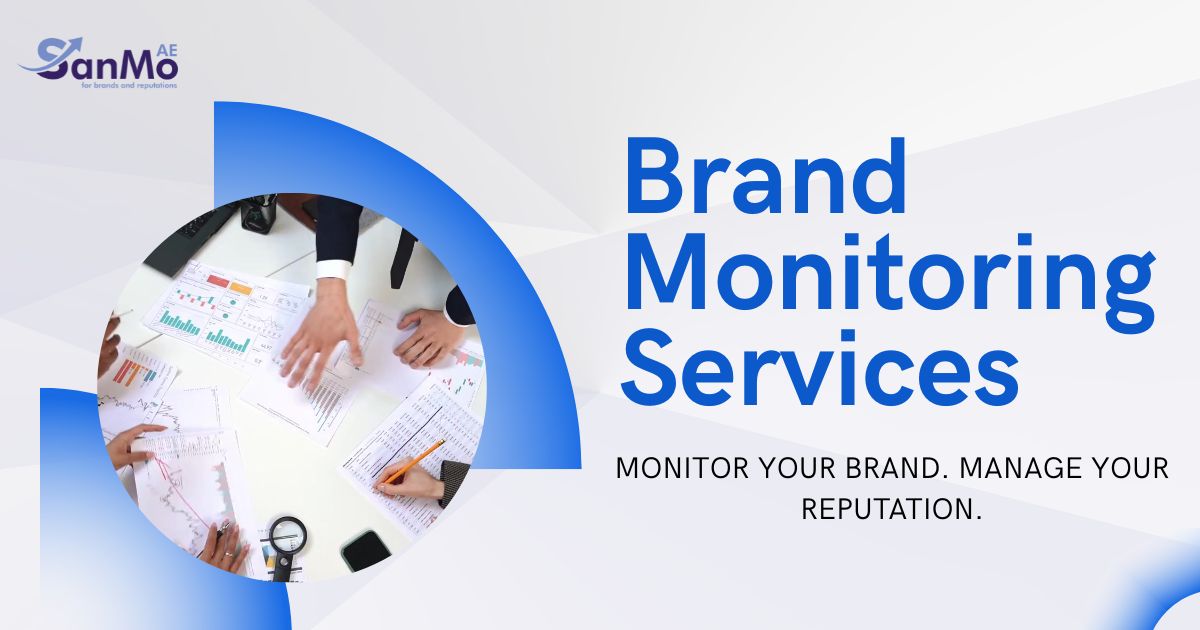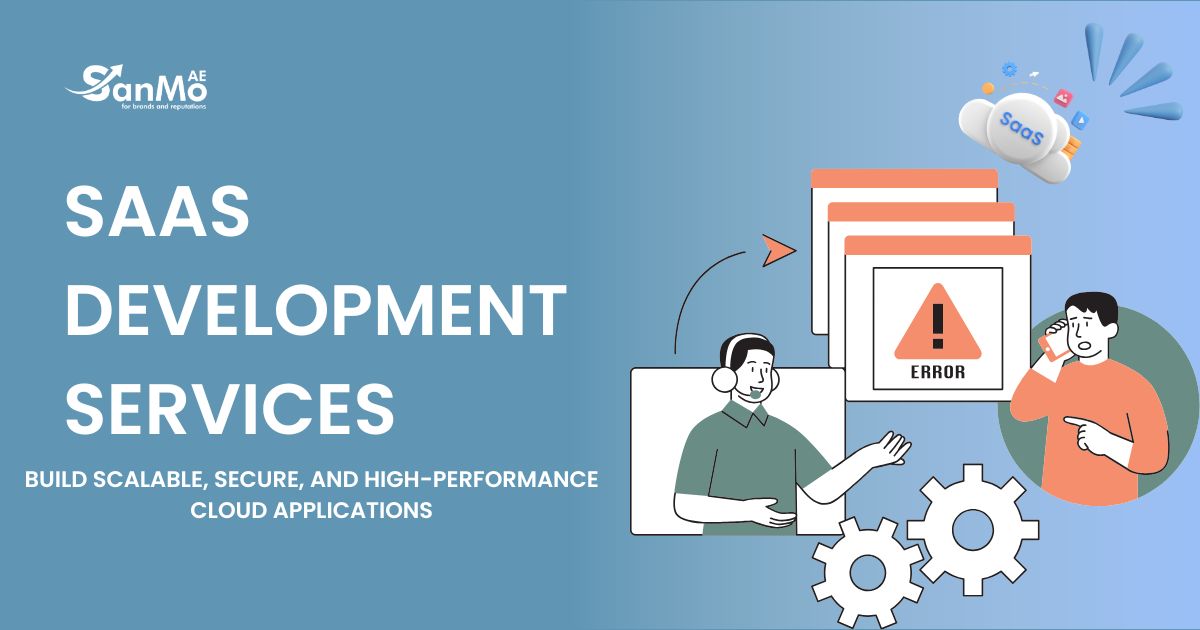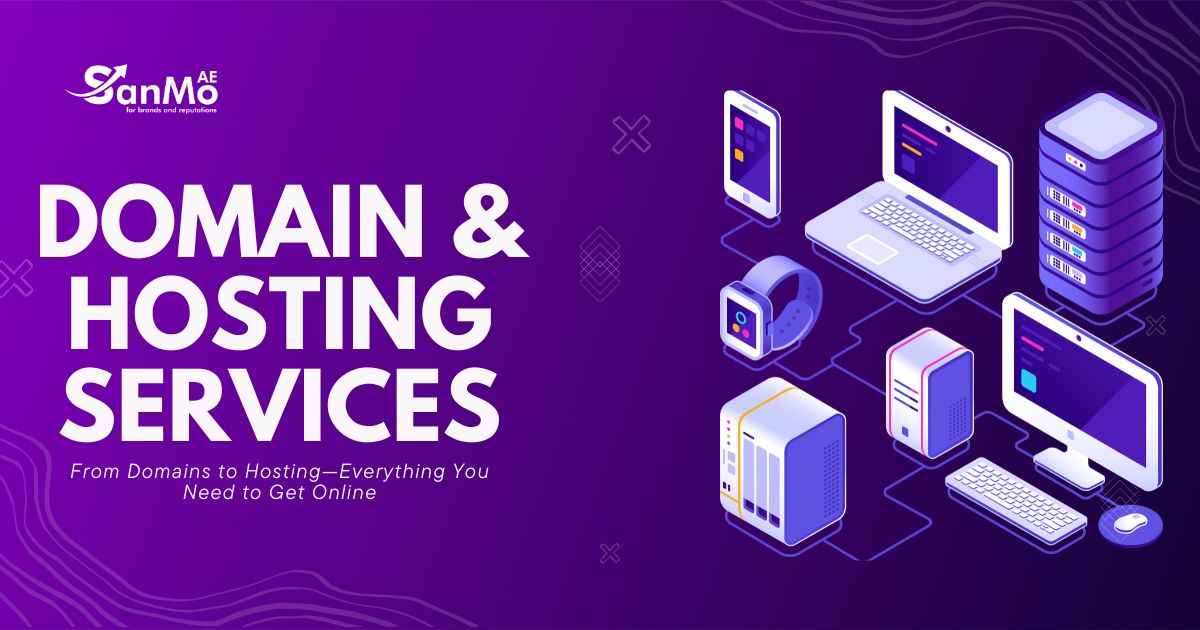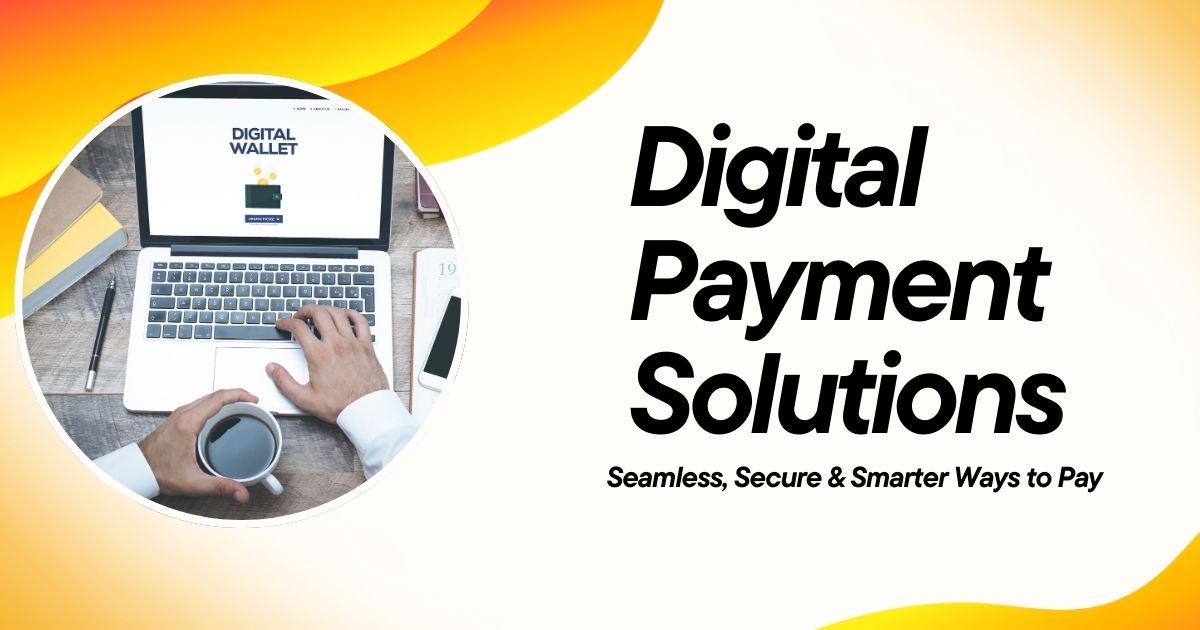Building a Software-as-a-Service (SaaS) application has never been more accessible, yet the path to success remains challenging. With over 30,000 SaaS companies competing globally and 70% of software now delivered as a service, choosing the right development approach can make or break your venture.
SaaS development services offer businesses a strategic alternative to in-house development, providing specialized expertise, faster time-to-market, and cost-effective solutions. This comprehensive guide explores everything you need to know about SaaS development services, from selecting the right partner to understanding pricing models and ensuring long-term success.
Whether you’re a startup founder with a groundbreaking idea or an established business looking to expand your digital offerings, understanding SaaS development services will help you make informed decisions that drive growth and profitability.
What Are SaaS Development Services?
SaaS development services encompass the complete spectrum of activities required to design, build, deploy, and maintain cloud-based software applications. These services transform your business idea into a fully functional, scalable platform that customers can access through web browsers or mobile applications.
Professional SaaS development teams handle everything from initial concept validation and user experience design to backend architecture, security implementation, and ongoing maintenance. They bring specialized knowledge of cloud platforms, subscription billing systems, multi-tenancy architecture, and the unique challenges that SaaS applications face.
The scope typically includes market research, technical planning, UI/UX design, frontend and backend development, database architecture, third-party integrations, testing, deployment, and post-launch support. This end-to-end approach ensures your SaaS product meets industry standards while addressing your specific business requirements.
Core Components of SaaS Development
Architecture and Infrastructure
Modern SaaS applications require robust, scalable architecture that can handle growing user bases and evolving feature requirements. Development teams design cloud-native solutions using microservices architecture, containerization, and auto-scaling capabilities.
The infrastructure foundation typically leverages major cloud providers like Amazon Web Services, Microsoft Azure, or Google Cloud Platform. These platforms offer the reliability, security, and global reach necessary for successful SaaS deployment.
User Interface and Experience Design
Exceptional user experience drives SaaS adoption and retention. Development services include comprehensive UX research, wireframing, prototyping, and interface design that prioritizes usability and conversion optimization.
The design process focuses on reducing friction, streamlining workflows, and creating intuitive navigation that helps users achieve their goals quickly. Responsive design ensures consistent experiences across desktop and mobile devices.
Security and Compliance
SaaS applications handle sensitive customer data, making security a critical development priority. Professional development services implement industry-standard security measures including data encryption, secure authentication, regular security audits, and compliance with regulations like GDPR, HIPAA, or SOC 2.
Security considerations extend beyond code to include infrastructure protection, access controls, monitoring systems, and incident response procedures.
Types of SaaS Development Services
Full-Stack Development
Comprehensive development services cover every aspect of SaaS creation, from initial planning to ongoing maintenance. These services suit businesses that prefer a single partner for their entire development journey.
Full-stack teams typically include project managers, UI/UX designers, frontend developers, backend engineers, DevOps specialists, and quality assurance professionals. This integrated approach ensures seamless communication and consistent quality across all development phases.
Specialized Development Services
Some businesses require focused expertise in specific areas. Specialized services might include API development, database optimization, mobile app development, or integration with existing enterprise systems.
These targeted services work well for companies with internal development capabilities who need additional expertise in particular domains or during peak development periods.
Maintenance and Support Services
Post-launch support keeps SaaS applications running smoothly and evolving with user needs. These services include bug fixes, performance monitoring, security updates, feature enhancements, and technical support.
Ongoing maintenance ensures your SaaS product remains competitive, secure, and reliable as your user base grows and technology landscapes evolve.
Key Benefits of Professional SaaS Development Services
Access to Specialized Expertise
SaaS development requires specific technical knowledge that many businesses lack internally. Professional development teams bring years of experience building scalable, secure cloud applications and understanding the unique challenges of subscription-based software models.
This expertise includes knowledge of multi-tenant architecture, subscription billing integration, performance optimization techniques, and industry best practices that can significantly impact your product’s success.
Faster Time-to-Market
Experienced development teams can accelerate your product launch through proven methodologies, reusable components, and efficient development processes. They avoid common pitfalls that often delay projects and help you capitalize on market opportunities more quickly.
Pre-built frameworks, established development workflows, and experienced team coordination contribute to shorter development cycles without compromising quality.
Cost Optimization
While professional development services require upfront investment, they often prove more cost-effective than building internal teams. You avoid recruitment costs, training expenses, employee benefits, and the overhead of maintaining specialized staff for what might be a one-time project.
Additionally, experienced teams work more efficiently, reducing the total development time and associated costs while delivering higher-quality results.
Risk Mitigation
Professional development services reduce project risks through established processes, quality assurance procedures, and experience handling complex technical challenges. They provide contracts, timelines, and accountability that internal projects sometimes lack.
These teams also stay current with security threats, compliance requirements, and technology changes that could impact your SaaS application’s success and longevity.
Choosing the Right SaaS Development Partner
Technical Capabilities Assessment
Evaluate potential partners based on their technical expertise, technology stack proficiency, and experience with projects similar to yours. Review their portfolio, case studies, and client testimonials to understand their capabilities and track record.
Consider their experience with cloud platforms, database technologies, security implementations, and integration capabilities that your project requires.
Communication and Project Management
Successful SaaS development requires clear communication, regular updates, and collaborative problem-solving. Assess potential partners’ communication practices, project management methodologies, and ability to work within your timeline and budget constraints.
Look for teams that provide transparent reporting, regular milestone reviews, and accessible project management tools that keep you informed throughout the development process.
Post-Launch Support Capabilities
Consider the long-term relationship beyond initial development. Evaluate their maintenance services, support response times, and ability to scale their services as your SaaS product grows.
Understanding their approach to ongoing optimization, feature development, and technical support helps ensure your product remains competitive and reliable after launch.
Development Process and Timeline
Discovery and Planning Phase
Professional SaaS development begins with comprehensive discovery to understand your business goals, target audience, feature requirements, and technical constraints. This phase typically includes market research, competitor analysis, user persona development, and technical architecture planning.
The planning phase establishes project scope, timeline, budget, and success metrics that guide the entire development process.
Design and Prototyping
User experience design creates the foundation for successful SaaS adoption. This phase includes user journey mapping, wireframing, visual design, and interactive prototyping that validates the user experience before development begins.
Design iterations based on stakeholder feedback ensure the final product meets user expectations and business objectives.
Development and Testing
The development phase brings designs to life through iterative coding, regular testing, and continuous integration practices. Modern development teams use agile methodologies that allow for flexibility and regular feedback incorporation.
Quality assurance testing throughout development catches issues early and ensures the final product meets performance, security, and usability standards.
Deployment and Launch
Professional deployment includes infrastructure setup, performance optimization, security configuration, and launch support. Development teams typically provide deployment checklists, monitoring setup, and immediate post-launch support to ensure smooth operations.
Common Challenges and Solutions
Scalability Planning
Many SaaS applications struggle with growth-related performance issues. Professional development services address scalability from the initial architecture design, implementing auto-scaling capabilities, efficient database structures, and performance monitoring systems.
Security Implementation
SaaS applications face constant security threats that can devastate businesses. Experienced development teams implement comprehensive security measures, conduct regular audits, and stay current with emerging threats and protection strategies.
Integration Complexity
Modern SaaS applications must integrate with numerous third-party services, existing business systems, and partner platforms. Professional developers have experience with common integration patterns and can navigate the complexities of connecting disparate systems.
Making Your SaaS Development Investment Count
SaaS development services provide the expertise, efficiency, and accountability necessary for successful cloud application development. The right development partner can transform your business idea into a thriving SaaS product that generates recurring revenue and scales with market demand.
Success depends on choosing a development team that understands your business goals, brings relevant technical expertise, and commits to long-term partnership beyond initial development. Take time to evaluate potential partners thoroughly, establish clear expectations, and maintain active involvement throughout the development process.
Ready to begin your SaaS development journey? Start by defining your product vision, identifying your target audience, and researching development partners who specialize in your industry or application type. The investment in professional SaaS development services can accelerate your path to market leadership and sustainable growth.



